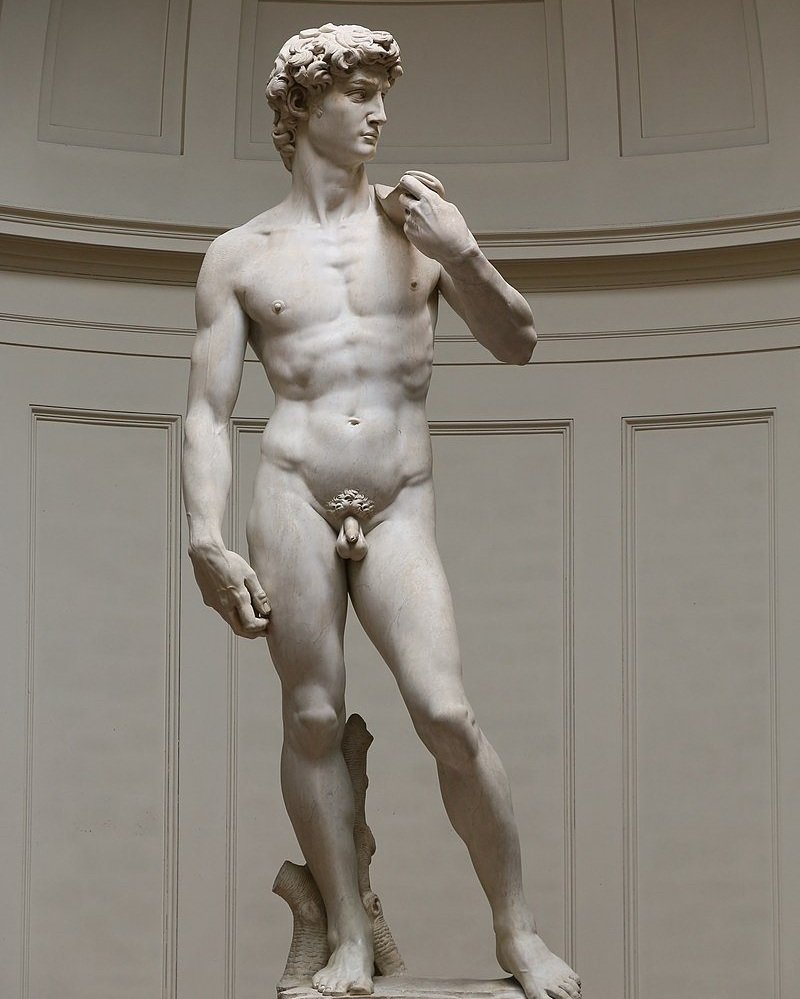The Facts on Florence Stendhal Syndrome
Have you ever shown a friend a picture of something you thought was adorable and they said, “oh my god, it’s so cute, I could literally die”? Sounds like an over-exaggeration, but what if you turned to them a few moments later and they were literally dead?
“I thought they meant literally figuratively, not literally literally; who uses literally in a literally literal sense?”
Turns out you might be attending that funeral because your friend was suddenly afflicted with the rare Stendhal Syndrome. It’s sometimes known as Florence Syndrome, Stendhal Florence Syndrome, and even aesthetic syndrome because no one knows who's in charge of naming things anymore.
Florence Stendhal Syndrome
In 1989 Dr. Graziella Magherini, a psychiatrist at the Santa Maria Nuova Hospital located in Florence, Italy, published a study where she observed 106 interesting patients over the preceding 20 years.
After they visited the museums and galleries of Florence in quick succession, most of these patients experienced panic attacks, dizziness, heart palpitations, chest pains, loss of consciousness, hallucinations, disorientation, depersonalization, and profound exhaustion.
These symptoms could last anywhere between 2 to 8 days and could trigger more serious medical issues like a heart attack. And, that’s the thing that’s used as a baseline for expressing how serious something is.
“I told you if you’re not having a heart attack, you gotta go home.”
Although Dr. Magherini found that these symptoms often occurred in Florence, others have found that the symptoms can occur in various other places considered to be aesthetically pleasing. Venice, Rome, Athens, Instanbul, and even just a picturesque scene of nature have all been linked to Stendhal Syndrome.
Basically, looking at something that is considered breathtakingly beautiful might actually take your breath away- permanently in rare cases. Art, statues, a peaceful tranquil view, were all things that Dr. Magherini found could bring about these symptoms.
Dr. Magherini did find one small variation to the symptoms that would only appear when patients looked at Michelangelo’s sculpture of David. Often considered the representation of physical perfection, Michelangelo’s David made the patients, not only feel some of the above symptoms, but also feelings of sexual pleasure, envy, and sexual dysfunction.
Could it be because of the penis?
You can imagine how interesting Dr. Graziella Magherini’s findings were but they did leave us with a bunch of questions. The first one is probably why did she choose to call it Stendhal’s syndrome instead of Magherini’s syndrome?
Marie-Henri Beyle
Turns out that back in the 19th century someone wrote about experiencing Stendhal’s Syndrome long before Magherini’s findings. Marie-Henri Beyle was a French writer who often used the pen name Stendhal, just one word like Madonna or Beyonce. Yes, he was full of himself. Also, he really loved Italy.
I’m sure he was a good writer, but we’re not looking at his life or his body of work today so right now, that’s all we need to cover before we get to the more pertinent pieces. In 1817, in his book Naples and Florence: A Journey from Milan to Reggio, Stendhal wrote of his visit to the Basilica of Santa Croce in Florence:
“I was in a sort of ecstasy…. Absorbed in the contemplation of sublime beauty . . . I reached the point where one encounters celestial sensations . . . Everything spoke so vividly to my soul. Ah, if I could only forget. I had palpitations of the heart, what in Berlin they call 'nerves'. Life was drained from me. I walked with the fear of falling.”
He really loved Italy and chinstrap beards
While there were definitely many others who experienced the same symptoms Stendhal felt that day in Florence, his writings appear to be the first to describe them and connect the two. When Dr. Magherini observed the patients, she named the condition after Stendhal. Yet, to this day there is some debate as to whether it’s even a real thing.
Is Stendhal Syndrome Real?
See, Stendhal Syndrome is a psychosomatic condition meaning that it’s an illness or pain that can’t be traced to an injury, disease, or tumor. You might also have noticed that Stendhal syndrome shares symptoms with a lot of different conditions; heart palpitations, dizziness, chest pains, and exhaustion, these can all be caused by something else.
Some medical professionals think Stendhal Syndrome is nothing but hysteria or a form of culture shock and shouldn’t be classified as its own thing. By giving it its own name, it creates more misdiagnosis and feeds the hysteria.
For example in 2018 when a man had a heart attack while looking at the painting The Birth of Venus, it was widely reported as a case of Stendhal Syndrome but, later it was discovered it was actually a pre-existing heart issue. It’s a pretty easy thing to misdiagnose without a lot of prior knowledge.
It’s why in 20 years Dr. Magherini only had around 106 confirmed cases of Stendhal Syndrome in Florence. Dr. Magherini believed stress was a contributing factor and found that those tourists who had jampacked days without rest were more susceptible to the syndrome.
Regardless of what some medical professionals believe, there is no irrefutable proof that Stendhal Syndrome doesn’t exist. Some studies have even found that our brains actually do respond differently when we see something we consider “beautiful” even when it doesn't physically arouse us.
Maybe in the future, we’ll have a clearer understanding of how this change in our brains may contribute to Stendhal Syndrome.
For now, if you plan on going somewhere known for its beauty and you think you might be at risk for this incredibly rare condition, make sure you add some breaks to your schedule. Or, at the very least, just stop and stare at a wall for a few minutes, it won’t be weird.
Quick Facts
In 2018 68-year-old Carlo Olmastroni’s heart attack while looking at The Birth of Venus was incorrectly reported and widely circulated in the media as Stendhal syndrome
Stendhal Syndrome is not listed in the Diagnostic and Statistical Manual of Mental Disorders















